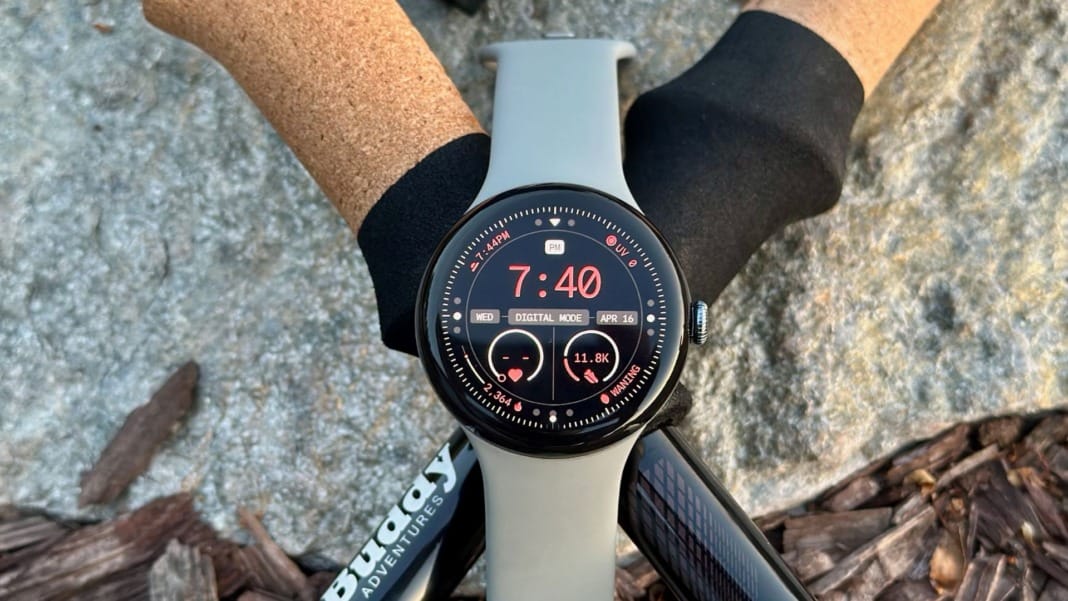Qualcomm has announced its latest processors for wearables, the Snapdragon W5+ Gen 2 and W5 Gen 2. These chips succeed the Snapdragon W5 and W5+ launched three years ago, but focus on new connectivity features rather than performance upgrades.
Focus on connectivity and efficiency
Both chips are built on the same 4nm process as the first-generation Snapdragon W5 and use a quad-core CPU with four Cortex A-53 cores. However, Qualcomm has shifted attention from raw performance to connectivity, efficiency and usability.
The Snapdragon W5+ Gen 2 includes a low-power 22nm M55 co-processor, designed to enhance sensor performance and improve energy efficiency. This co-processor is not present in the standard W5 Gen 2; however, Google has already adopted it in its new Pixel Watch 4. Both versions are fully compatible with the latest release of Wear OS, ensuring wide support for future smartwatch models.
Satellite connectivity for emergencies
One of the most significant updates is the addition of satellite support. Qualcomm describes the chips as “the first to introduce satellite support to the wearable industry, leveraging Skylo’s Narrowband Non-Terrestrial Network (NB-NTN).” This feature enables devices powered by the Snapdragon W5+ Gen 2 or W5 Gen 2 to send and receive emergency messages even in the absence of a mobile network.
This addition marks a significant step in making smartwatches more independent and reliable in critical situations. Users in remote locations, such as hikers or travellers in areas without coverage, could benefit greatly from the ability to stay connected in emergencies.
Improved GPS accuracy and design potential
Alongside satellite connectivity, Qualcomm has introduced improved location accuracy. With the new Location Machine Learning 3.0 system, GPS performance is up to 50 per cent more accurate. This improvement is expected to deliver more reliable real-time navigation and improved tracking in challenging environments, such as dense urban centres or deep canyon areas.
In addition, Qualcomm has optimised the RF Front End (RFFE), making it 20 per cent smaller and more power-efficient. This not only extends battery life but also enables smartwatch manufacturers to design slimmer and lighter devices without compromising performance.
The Snapdragon W5+ Gen 2 and W5 Gen 2 reflect Qualcomm’s aim to make wearables more useful in real-world scenarios, particularly where connectivity and accurate tracking are essential. By prioritising emergency communication and efficiency, these chips could set a new standard for future smartwatch capabilities.





